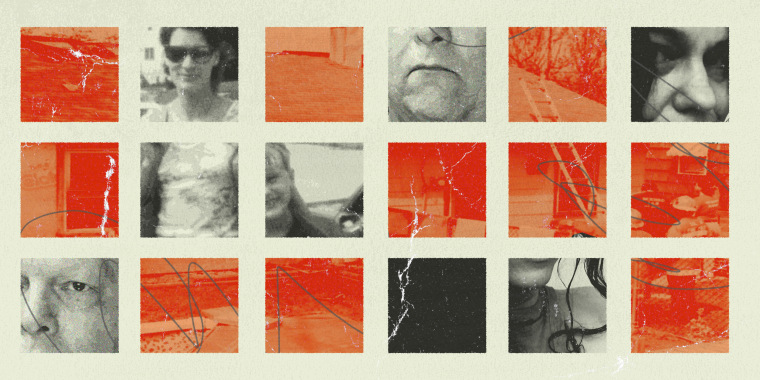He’d been trying for almost a year to talk to the former police chief.
Sgt. Mike Slaughter, a police detective in suburban Philadelphia, wanted to interview the retired chief, Thomas Mills, about a decades-old unsolved homicide. The detective said he had repeatedly gone to Mills’ home and asked intermediaries to help broker a meeting. But Mills refused, he said.
Finally, in December 2015, the former chief agreed to a recorded interview and, after roughly an hour, Slaughter said he came away stunned by what Mills told him: While still a detective in the early 1990s, the former chief had been instructed to “stay away” from a possible suspect in the unsolved killing because of the man’s status with the Bristol Township Police Department. He was a confidential informant. His handler was a narcotics detective.
That suspect, Robert Atkins, 58, was eventually charged, convicted and — earlier this year — sentenced to life in prison in the April 19, 1991, murder of Joy Hibbs. But the revelation that authorities allegedly “protected” Atkins, as Slaughter put it, left the detective baffled — and Hibbs’ family furious.“Why a person who could be the murder suspect would be protected just because of their role as a drug informant for our police department — that doesn’t make sense in any kind of cop math,” Slaughter told “Dateline” in an exclusive interview.
“I will say this to my last dying breath,” he added. “You never trade off a murder suspect as a drug informant.”
To Hibbs’ son, David Hibbs, there was only one explanation for how the case was handled.
“They turned the other way, and they covered this up,” he told “Dateline.”
Mills died in 2017. Messages left on phone numbers listed as his relatives were not returned. Another narcotics detective identified in charging documents for Atkins as his handler died in 2018.
During Atkins’ trial, another officer who worked on the case initially — the lead homicide detective — testified that he had been ordered to back off Atkins as a possible suspect and allow narcotics investigators to handle that part of the investigation. That detective said he was told that the drug investigators didn’t want anyone “screwing up our narcotics deals.” (The detective declined to speak on camera with “Dateline.")
Another former police chief who the homicide detective said gave those orders is dead.
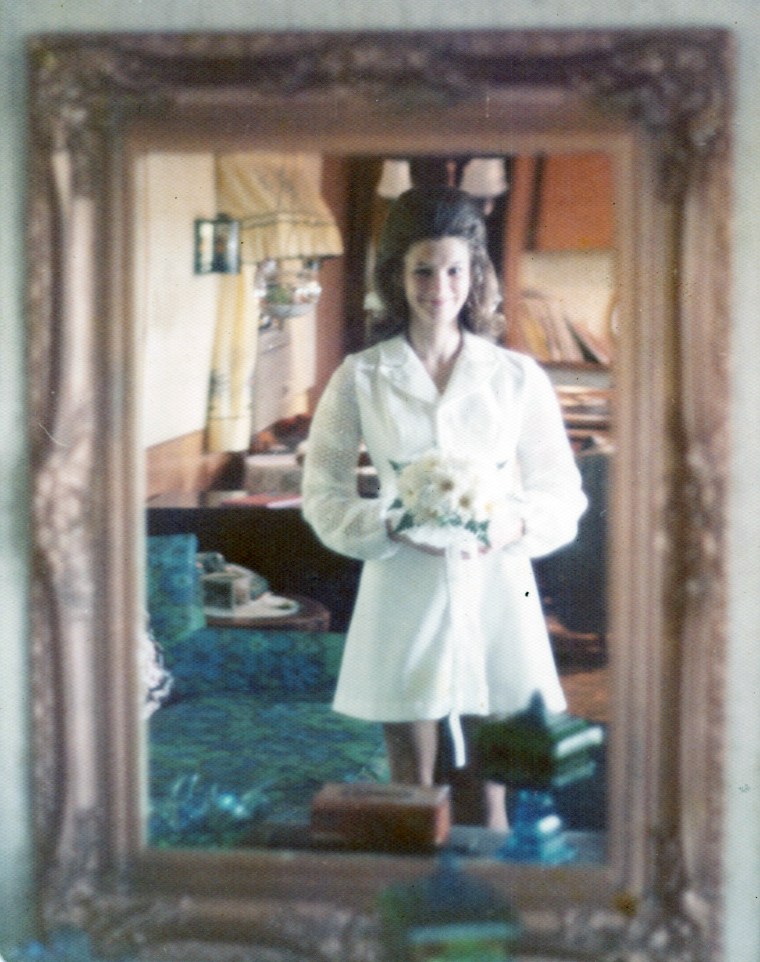
In a statement to “Dateline,” a lawyer for the Bristol Police Department said local officials are aware of the allegations surrounding the investigation into Hibbs’ killing but are unable to comment because none of them worked for the township in 1991.The statement noted that in 2015, a new police chief was tasked with restructuring and reorganizing the department. Two years later, the department was accredited by the state.
The chief “assures the Bristol Township community that all criminal investigations are handled with the utmost professionalism, integrity and compassion,” the statement says.
A $20 drug deal and a brutal killing
David Hibbs, 45, long believed that Atkins had something to do with his mother’s killing.
Atkins had lived two doors down and his wife, April, often spent time with the victim. David Hibbs said Atkins had a temper: he could hear his neighbor yelling from their home. A few weeks before his mother’s killing, he said, he heard Atkins screaming through the phone at his mother.
When he pressed his mother for details on the argument, he said, she reluctantly told him it was over the quality of a small bag of marijuana she’d bought from Atkins.
“My mom was shaken by that conversation, but I don’t think she took it serious because it’s a $20 marijuana deal,” David Hibbs said.
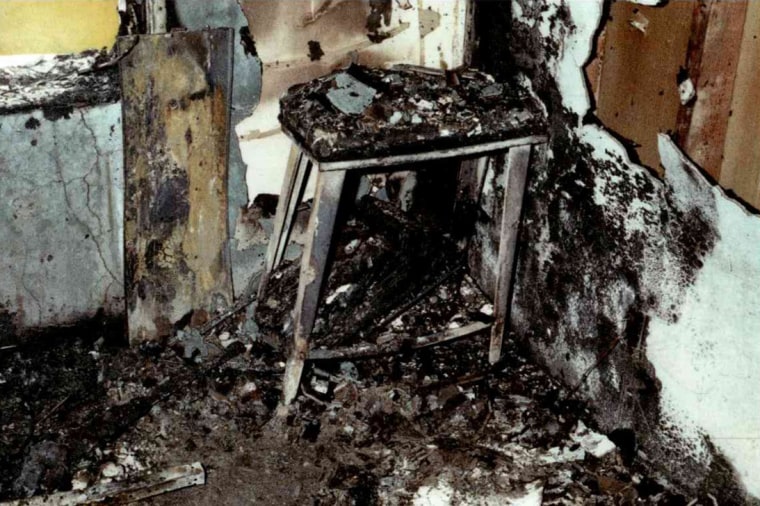
Then, on April 19, 1991, authorities responded to a fire at the family’s home. Inside, firefighters discovered the victim’s body. Hibbs was badly burned, and authorities initially believed she was the victim of an accidental fire, according to grand jury documents in the case. But an autopsy revealed she’d been stabbed, beaten and likely strangled, the documents say.When investigators asked the victim's son if he knew of anyone who’d want to harm his mother, he said, he gave them Atkins’ name.
“He’s the only person that came to mind,” David Hibbs said.
In the months that followed, authorities seemed more focused on David Hibbs’ father — the victim's husband — than on Atkins. Charlie Hibbs told “Dateline” that he was repeatedly interviewed and polygraphed, even though he’d been working a construction job in Philadelphia at the time of the killing and had multiple witnesses who could confirm where he’d been.
Frustrated with the lack of progress, in 2006 David Hibbs tried to obtain case documents from the department with a goal of having someone else review the evidence. He said authorities declined to turn over the file, but a police lieutenant offered his view of who he believed was responsible for the killing.
“In his opinion, it was my father,” David Hibbs recalled the official saying. “He was certain it was my father’s fault.”
David Hibbs said he’d never previously believed that his father could have killed his mother, but this new piece of information “made me question everything.”
He said he never asked his father directly about it. But for a time, he mostly disappeared from the relationship, Charlie Hibbs recalled.
“He pulled completely away,” he said of his son. “We barely communicated.”
‘This case was never supposed to be solved’
By the time Slaughter was assigned to reinvestigate the killing in 2014, the case was “frozen,” the detective said. “It was a block of ice.” He didn’t believe he could solve it, but he thought he could at least give it a proper update — organize it, categorize it and identify everyone who was still alive.
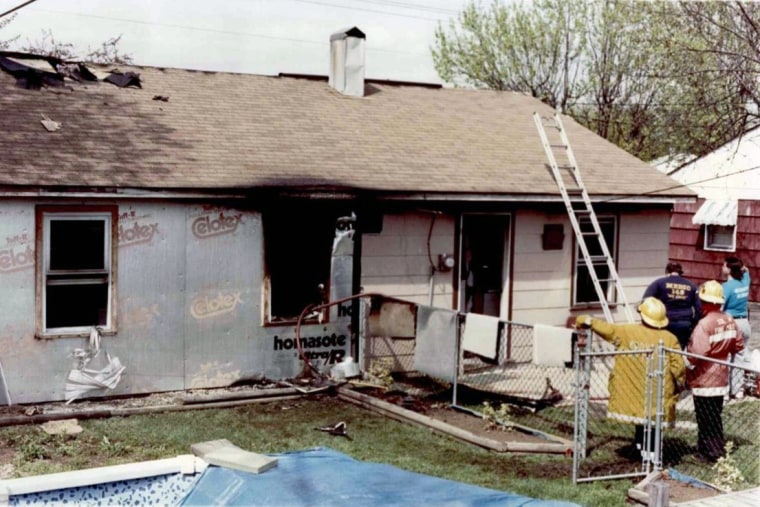
As Slaughter began to review the case file, he said he found there were no recorded interviews — just some handwritten and typed records — and little forensic evidence. Much of it had been damaged by the fire or the effort to extinguish it. He eventually concluded that Charlie Hibbs had nothing to do with the killing and that people who said otherwise “had no idea what they’re talking about,” he said.Slaughter had seen Atkins’ name in the file, the detective said, but investigators’ contact with him was documented in what he described as a brief paragraph or two.
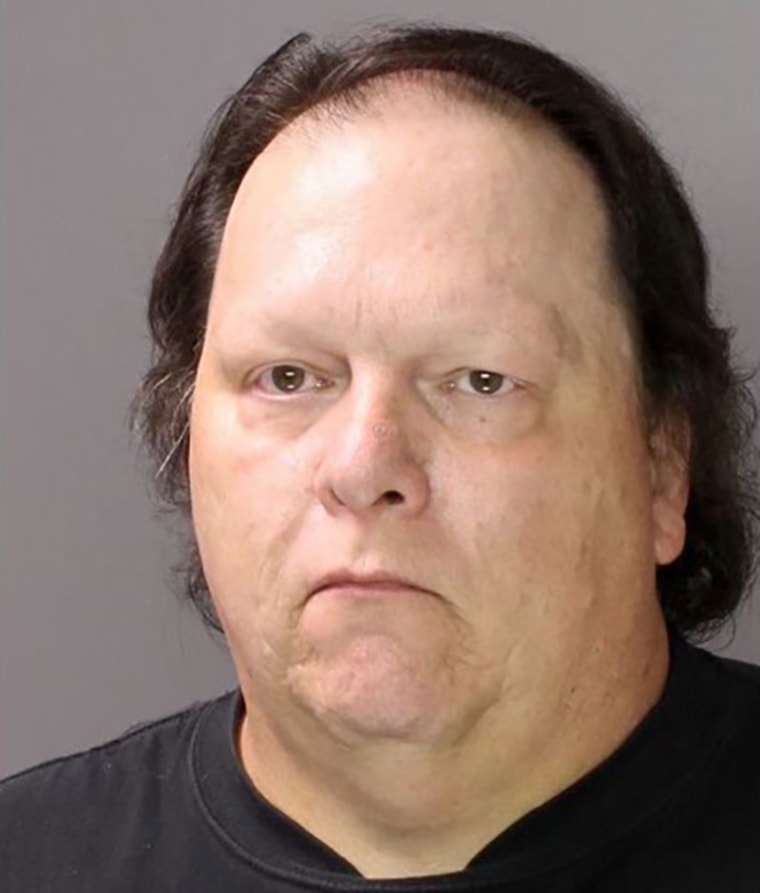
In his conversations with police at the time, Atkins denied that he had anything to do with the killing, Slaughter said. He told authorities that he’d received a phone call from his wife’s co-worker that day — a Friday — before traveling to the Poconos with his family, Slaughter recalled. Investigators at the time never brought Atkins to the department to question him, nor did they obtain phone records to corroborate the call or its timing, Slaughter said. And there was nothing showing that Atkins’ wife was interviewed without him present, Slaughter said — an approach that he described as “very suspicious.”
“That would be the opposite of what we would want to do,” Slaughter said.
Not long after he began re-examining the case, Slaughter interviewed Atkins again. In the April 2014 interview, Atkins repeated his account from 1991 and acknowledged being a confidential informant — he’d used and sold methamphetamines — for the police department, according to the grand jury documents. Atkins also confirmed that he’d had a dispute with the slain woman about the quality of the marijuana he’d sold her, but he denied having anything to do with her killing, the document says.
In a separate interview, Atkins’ wife said she hardly knew the victim and had nothing to do with her death, Slaughter recalled.
More 'Dateline' cases
In addition to reviewing the case file and conducting interviews, Slaughter said, he had also been reaching out to the original detectives, who by then had retired or moved away. But most refused to speak with him, he said.Finally, in December 2015, Mills revealed details about Atkins that were nowhere in the case file — including that Mills had been told to not pursue him as a suspect, Slaughter said.
Slaughter struggled with what he’d uncovered. He said he had affection for the officers who trained and hired him — Mills had been chief when Slaughter began working for the department — and he loves the department and the command staff who now run it. But nobody “ever stepped up and went to the AG’s office or state police or some other agency and said, ‘Hey, we got to look into this,’” Slaughter said.
“This case was never supposed to be solved,” he said. “It was supposed to go nowhere.”
A new revelation
After the interview with Mills, Slaughter said, he shared what he’d learned with a lieutenant and a sergeant. And he forwarded the case to the district attorney’s office.
More than two years after he first interviewed Atkins’ wife, she showed up at the police department with Slaughter’s business card and said she needed to talk about something “really important,” Slaughter recalled.

Slaughter raced to the station. In the interview that followed, April Atkins — who’d since divorced Atkins — told him that on the day of the killing, her husband came home wearing bloodstained clothes.“I looked at him, I said, ‘What happened to you?’” April Atkins told “Dateline” in her first interview about the case. “He came to me, in front of me, and he said, ‘I stabbed somebody and lit a house on fire.’”
Atkins told her to skip work that day and get their two young children ready for a trip to the Poconos, she said. The next day, when they went for a walk, he was carrying a bag, and at one point told her and the children to stop as he momentarily disappeared.
“When he came back, that bag was gone,” she said.
In her interview with Slaughter, April Atkins said that Atkins' sneakers may have been in the bag. She learned who the victim was only after a detective came to their home after the killing, she told "Dateline," and later pressed her husband to turn himself in. But she told "Dateline" that he beat her when she raised the subject and threatened to blame her for the murder if she continued. (Atkins' lawyer said his client “absolutely” denies the allegations of abuse.)
April Atkins said she remained terrified of her husband, even after their divorce in 2006, but finally reached out to Slaughter after a series of deaths in her own life.
As with the Mills interview, Slaughter said, he forwarded what he learned from her to the district attorney.
It wasn’t until May 2022 — more than five years after her revelations to Slaughter — that Atkins was arrested and charged in Joy Hibbs' killing. Matt Weintraub, a Bucks County judge who in 2022 was the county’s district attorney, declined to comment on why it took years to charge Atkins, citing “pending/impending nature of post-conviction matters.”
After Atkins’ arrest, Weintraub told reporters there was “no great reason, no specific reason” for the delay. “We have many cases, and some tend to take priorities over others,” he said.
During the news conference, a reporter asked if Atkins' alibi had been thoroughly vetted back in 1991.
“Perhaps other people that were situated differently back then accepted his alibi and maybe didn’t look under every rock as thoroughly as we have now,” Weintraub said.
